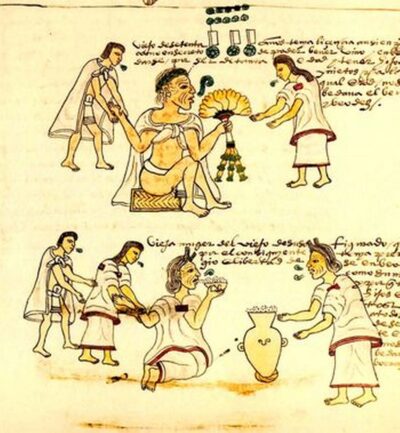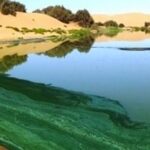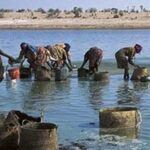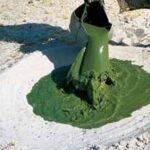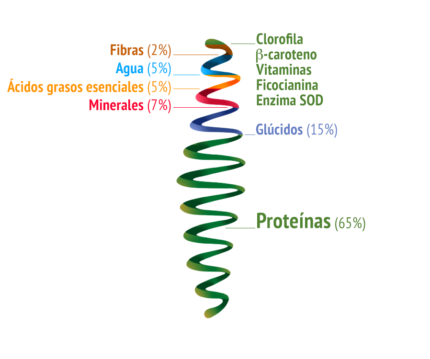
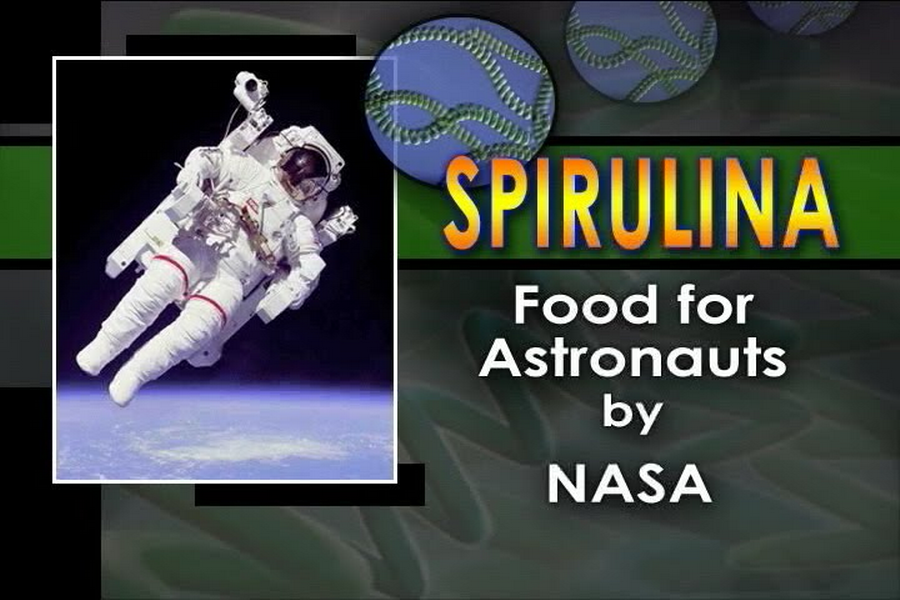
ASTROALGAE!
The effects of being in space are sometimes devastating for the health of astronauts: the absence of gravity leads to the weakening of muscles, the immune system and the decalcification of bones, as well as the decrease of immune defenses and premature aging. NASA has already thought about its astronauts: the long missions on the Moon and Mars can be supported by spirulina algae, also called the Superfood of the astronauts. Its great advantage is that a single kilogram of spirulina algae corresponds to about 1000 kilograms of vegetables (70% protein - vitamin B12 in quantity - 2800% more beta-carotene than carrots - 3900% more iron than spinach - 280% more antioxidants than blueberries).Spirulina algae:: an help for the sport
1974 United Nations World Food Conference:
spirulina algae is named the "Best Food for the Future" (already widely used in the context of sports).
Spirulina algae has in fact become a real food supplement for those who practice sports at a competitive level.
During physical exertion, 10 times more oxygen is required than in normal daily activities:particular, as the heartbeat increases, more red blood cells are involved in the transport of oxygen.
An iron-rich food such as spirulina algae is nothing but a great help to our organism when it is under stress. In addition, all the minerals lost through sweating are quickly integrated thanks to this food!
Spirulina algae is composed of 65% proteins of very high biological value.
This parameter is evaluated according to the presence of essential amino acidsspirulina algae contains all 8 essential amino acids, which is another reason why it is perfect for athletes.
The presence of amino acids in fact ensures the balance of the protein system and improves the absorption of incomplete proteins from grains and legumes.
Thus spirulina alage wins the medal as the best source of vegetable proteins.
Meat and fish contain 15-25% of proteins, eggs 12%, cereals 10% and milk 3%, but while animal proteins often have a fair amount of saturated fats - which should be limited -, vegetable proteins come from foods substantially free from saturated fats, therefore they are more helpful in keeping cholesterol under control.
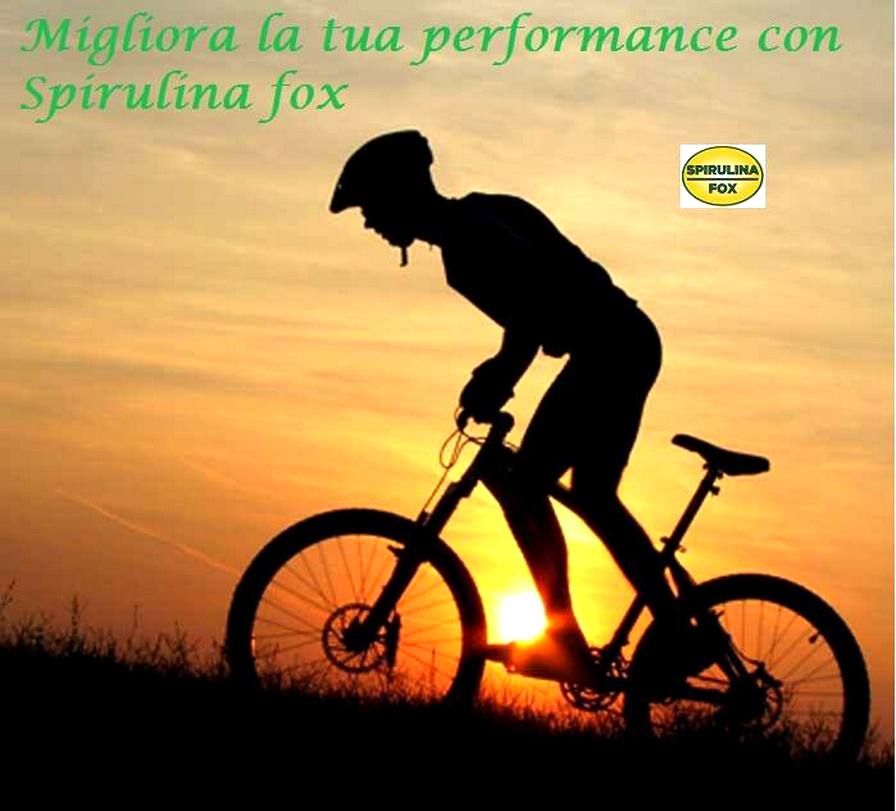

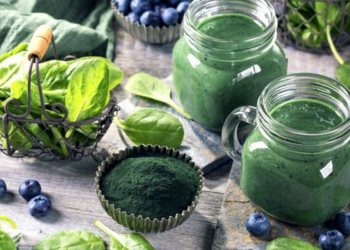

And if spirulina algae is really so precious, it could not but be rich in omega-3, omega-6 and omega-9the essential fatty acids (i.e. those that the body cannot synthesize on its own and can only take with food) withimportant anti-inflammatory powerable to act on the immune system, cardiovascular system and to lower cholesterol levels in the bloodPhysical activity produces free radicals, but these are contrasted by the presence of beta-carotene, ascorbic acid and tocopherol (which together have a synergistic effect) thus preventing damages caused by aging: in fact, they favor memory and help concentration.
Even the presence of vitamins is amazingthere are A, D, K, C, E as well as many vitamins of the B group, including B12 which is practically absent in foods of vegetable origin.
The triad of ACE vitamins gives spirulina algae important antioxidant properties while amino acids and vitamin A are important catalysts in the process of building , maintaining and recovering muscle mass.
The presence of vitamins and minerals provides the right nutritional intake even to pregnant and lactating women.

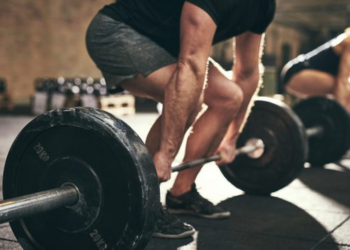
NO
CRAMPI
CRAMPS
CALAMBRES
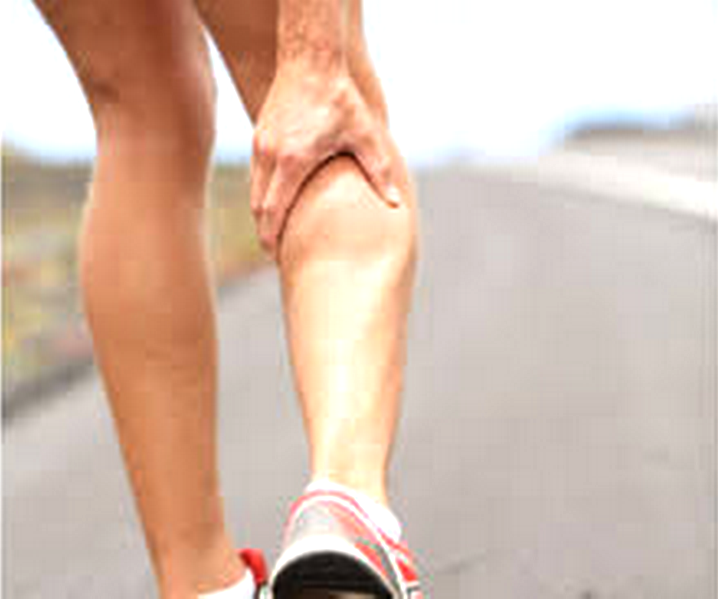
The presence, in the alga, of numerous mineral salts contributes to make this food a precious supplement for all athletes.
Spirulina alga contains:
- calcium (in a quantity 26 times greater than cow's milk),
- magnesium and potassium (involved in muscle contraction: their deficiency can lead to cramps, tendon and muscle injuries and a sense of fatigue),
- iron (bioavailable, useful in various forms of anaemia), manganese, sodium, phosphor, zinc and selenium.
IT ENTERS INTO EVERYDAY LIFE
- Children: supports growth with protein and vitamins;
- Seniors:natural energizer;
- Women:counteracts anemia and iron deficiencies, increases fertility;
- Pregnant and lactating women: helps to preserve the fetus from the risk of any malformations and disorders resulting from nutritional deficiencies, helps mothers during the period of breastfeeding to replenish fluids and nutrients lost;
- Adults: anti-aging, antioxidant, natural energizer supports physical and mental effort, increase sexual potency;
- Health: as an adjuvant to therapies of specific diseases.

